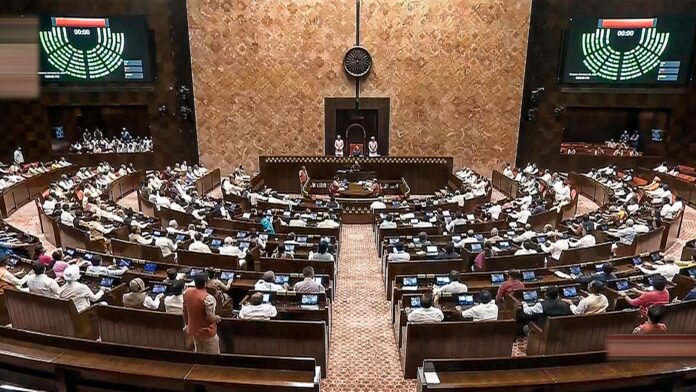As votes polled in India’s general election of 2024 are counted, one irony of this celebrated process is hard to escape. Even as people’s representatives are duly elected to the Lok Sabha, literally the ‘People’s House,’ we do not know exactly how many of us constitute the Indian people. This situation has arisen because the Centre has not conducted the decadal Census that was last due in 2021, its first miss since the exercise began in 1881.
It was the pandemic’s peak year, to be sure, but the easing of covid constraints did not result in a belated headcount either, with the result that we’re left with an outdated number from Census 2011, which had put India’s population at 1,210 million. In popular speech, a rough estimate of there being about 1,400 million of us has held currency for over two years now. This is too inexact for a country whose destiny is shaped in significant ways by its demography.
The added irony of it is that we have been in the global news for becoming the world’s most populous country. According to United Nations data, in 2022 India’s 1,430 million plus people had whisked past China’s total, with the gap projected to widen. For such a historic switch of places in the global order, it’s awkward that we don’t have a count of our own to confirm it.
The Census, unlike other national surveys, is an extensive exercise. Enumerators must count everyone, door to door. An update every decade is vital as a policy input not just for the aggregate data it provides, but also for the details offered by such a close demographic snapshot of the country.
Updated information on India’s age distribution alone, for example, would be valuable to strategic planners looking at the long-haul for us to make the most of our youth bulge over the next few decades and ensure we don’t grow old before getting better off. Even everyday governance cannot claim efficiency without the support of data-sets that haven’t grown stale. Take the government’s free-food programme, extended recently for another five years.
It covers 810 million beneficiaries because that’s the number who qualify under the National Food Security Act’s coverage criterion as applied to the Census of 2011. Updated numbers would likely have meant recipients who largely overlap with the official list in use, but not entirely. Smudgy delivery of welfare handouts is far from ideal.
A new Census is important not just to formulate and fine-tune policy, but also for Parliament expansion in times ahead, for which a whole new building has been constructed next to the old circular one. Currently, the Lok Sabha has 543 members. This is based on 1971 Census data, but fair popular representation will require a rejig of constituencies so that every member speaks for roughly the same number of people.
Some observers surmise that a census may be held just before delimitation marked for 2026. This is a sensitive exercise that must be handled with care, as Indian states with better social indicators—or birth rates, most pertinently—would lose some share of voice in the Lok Sabha to those whose populations have grown faster.
Politically, it would result in a power shift from southern states to northern ones, leaving better performers with the potential grudge of being penalized perversely for doing well. Two things could aid a consensus on such a parliamentary rebalance: A well-demonstrated commitment to the Constitution by all political parties, bar none, and a Census that’s both fresh and trust-worthy.
#Indias #Census #urgent #update #Vital #data #mustnt #delayed
